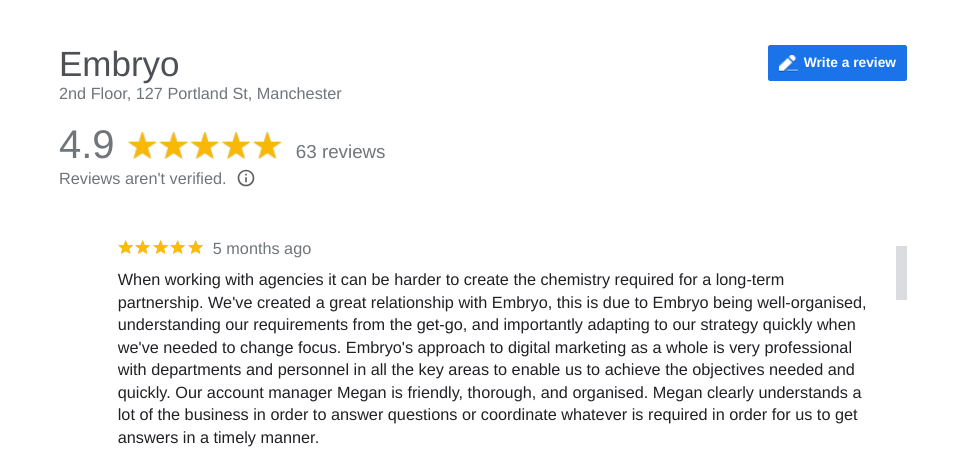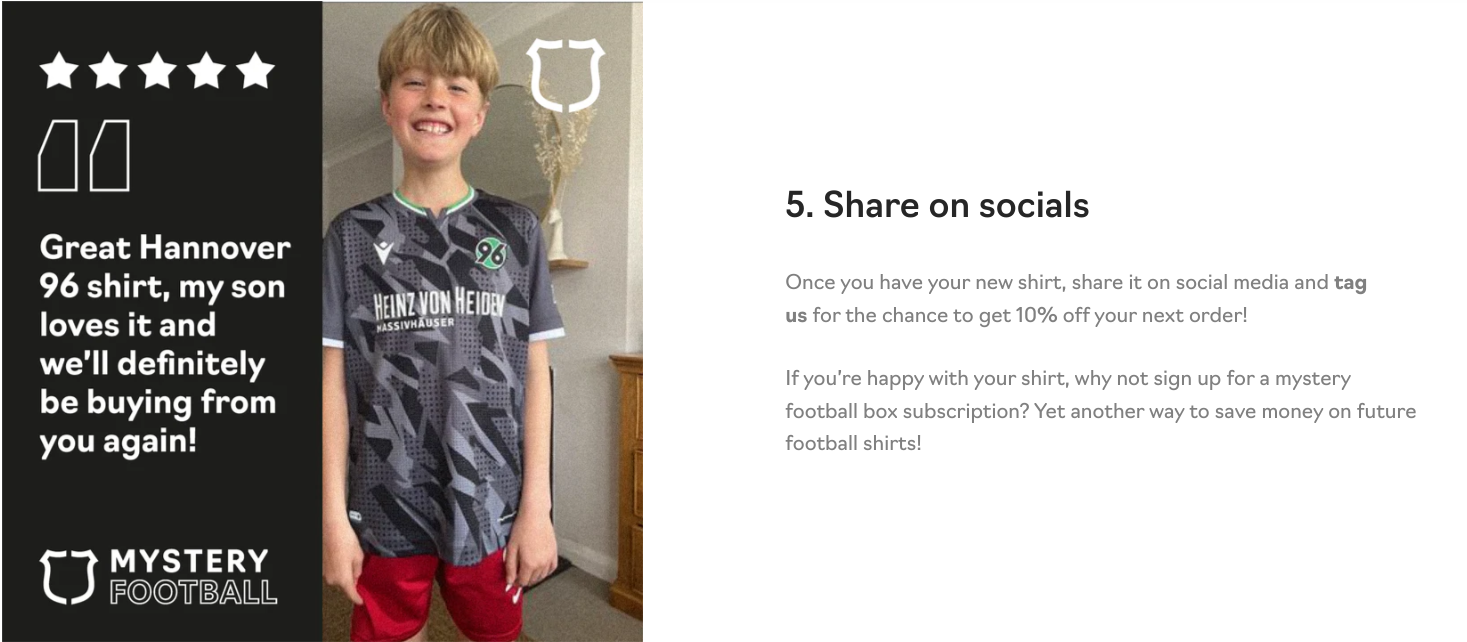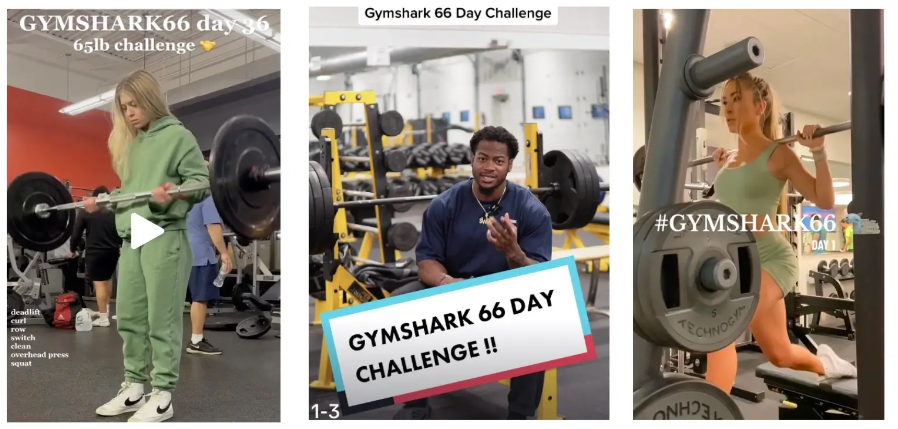
What is user generated content?

You might have seen the term ‘user-generated content’ before, but what does it actually mean? And how can you leverage UGC for your brand?
Here at Embryo, we love helping our clients work out the best ways of marketing their business to boost brand awareness, increase traffic to their website and ultimately increase sales or leads. Whether that’s through a paid social campaign, with a great SEO strategy, via support from our PPC specialists or consulting on an overall marketing strategy, the team have a wide range of skills to support your business needs. Get in touch with us today to get started!
In this blog, we discuss:
- What user-generated content is
- How it can benefit your business
- The different types of UGC you could focus on
- Some examples of user-generated content
What is user-generated content (UGC)?
User-generated content, or UGC, is organic (and therefore unpaid) content created by your customers or users of your products, that promotes your brand. This can be through social media channels, reviews of your products or any number of other methods.
This type of authentic, honest testimonial is invaluable to your brand’s reputation and helps inspire others to buy. By encouraging this type of content you can build up trust between your business and your prospects, by showing that your existing customers are loyal to your brand and enjoying your products or services. UGC also forms part of an SEO strategy as it helps brands to meet Google’s E-E-A-T criteria – Expertise, Experience, Authoritativeness and Trustworthiness – meaning they’re more likely to be rewarded in the search results.
What are the benefits?
- Provides powerful social proof
- Increases brand awareness
- Builds trust with prospective customers
- Grows your social media following
- Increases online engagement
- Ultimately leads to more online traffic and sales
Types of UGC
There are a number of different types of user-generated content that could help promote your business to your prospective customers, that some of you might not have even thought about! Let’s take a look.
Photos with your products or branding
Customer selfies with your company branding or products on show can help increase brand awareness and promote trust in your brand by providing social proof. You could use incentives to encourage this type of content, by getting people to share their experiences with your product, while offering a discount code or the chance to win a prize, perhaps.
Reviews of your product or service
One of the most obvious ways to promote your business to new customers is positive testimonials or reviews from your existing buyers or users. Honest opinions from customers who’ve used your product or service help instil confidence in those who are yet to purchase.
Social media posts
Encourage your customers to tag your brand or include a branded hashtag on their social media posts to make them easier to track, and then repost them on your own social media profiles. Even positive text mentions on platforms like X can help build your brand’s reputation.
Competitions
Running contests or competitions gives customers or followers the opportunity to submit their own user-generated content for the chance to win a prize, whilst helping improve your engagement and increasing brand awareness.
Video content
Videos created and shared through TikTok, Instagram reels, and YouTube can make perfect UGC to promote your brand. Vloggers often generate ‘unboxing’ content or take viewers through their recent shopping ‘hauls’, discuss their honest reviews of products or create instruction or demonstration videos, all whilst potentially endorsing your products.
Customer comments
User comments on social media or posted on blog content on your website can be a great way to gather insights, as well as find customer opinions or tips on product usage. Many new customers will head here for honest feedback on your product or service before taking the plunge themselves.
Podcast mentions
Hosts and their guests can sometimes discuss their experience with certain products or services on their podcasts, naturally endorsing them and increasing awareness of the brands mentioned by their listeners.
Bloggers
Sometimes bloggers write detailed accounts of their experiences with different products or services, either to give an honest review or support the context of their main blog topic.
Online forums
Platforms like Reddit and Quora give users the opportunity to discuss their opinions with others, so many customers in the buying journey will read threads on these sites to understand any potential issues users have had or get recommendations from others.
3 great examples of user-generated content
1. Positive customer reviews
Reviews or testimonials come straight from the horse’s mouth, so to speak, with them being written directly by a customer about your brand. This level of credibility will work wonders for your business, as it provides social proof of a great product or service with an honest opinion from an actual customer.

2. MysteryFootball’s 10% discount offer
Our client MysteryFootball encourages their customers to post a photo of the football shirt they’ve received on social media and tag them for a 10% discount off their next shirt – a great way to build a social following, increase brand awareness and encourage multiple purchases.

3. GymShark’s ‘Change Your Life’ campaign on TikTok
GymShark encouraged its TikTok followers to set a fitness goal and upload it to the platform, tagging the brand in their posts and using the hashtag #gymshark66. After 66 days they were asked to share any transformation photos or videos, or progress they’d made, for a chance to win a year’s supply of GymShark products.
This campaign was really successful in raising brand awareness and helping them continue to build their following, with a huge 1.9 million likes and 45.5 million views.

Read our blog around user-generated content examples for more inspiration!
Work with us on your next great campaign…
If you need support when it comes to your next strategy or help deciding where best to focus your marketing efforts, get in touch with the team at Embryo today.



